Growing Competition Among Insurers
The Insurance Rating Software Market is characterized by growing competition among insurers, which is driving the need for more efficient and effective rating solutions. As new entrants and established players vie for market share, the pressure to offer competitive pricing and innovative products intensifies. Insurers are increasingly turning to advanced rating software to streamline their operations and enhance their pricing strategies. Market analysis reveals that companies that adopt cutting-edge rating solutions can achieve a competitive advantage, potentially increasing their market share by up to 15%. This competitive landscape is likely to propel the demand for insurance rating software, as firms seek to differentiate themselves in a crowded marketplace.
Shift Towards Digital Transformation
The Insurance Rating Software Market is undergoing a significant shift towards digital transformation, as insurers embrace technology to enhance their operational efficiency. The adoption of digital tools and platforms is enabling insurers to automate their rating processes, reducing manual errors and improving turnaround times. Recent statistics indicate that companies that have implemented digital rating solutions have experienced a 25% reduction in processing times. This shift not only enhances customer satisfaction but also allows insurers to allocate resources more effectively. As the industry continues to evolve, the emphasis on digital transformation is expected to drive the demand for innovative insurance rating software, positioning the Insurance Rating Software Market for robust growth.
Increased Focus on Regulatory Compliance
The Insurance Rating Software Market is witnessing an increased focus on regulatory compliance, driven by evolving legal frameworks and consumer protection laws. Insurers are required to adhere to stringent regulations that govern pricing and underwriting practices. This necessitates the implementation of robust rating software that can ensure compliance with local and international standards. Recent data indicates that non-compliance can result in penalties exceeding millions of dollars, prompting insurers to invest in software solutions that facilitate accurate reporting and compliance tracking. As regulatory scrutiny intensifies, the demand for insurance rating software that incorporates compliance features is likely to grow, positioning the Insurance Rating Software Market for sustained expansion.
Technological Advancements in Data Analytics
Technological advancements in data analytics are significantly influencing the Insurance Rating Software Market. The integration of big data analytics allows insurers to process and analyze large datasets, leading to more accurate risk assessments and pricing strategies. Recent studies suggest that companies utilizing advanced analytics can improve their underwriting accuracy by up to 30%. This capability not only enhances the efficiency of the rating process but also enables insurers to identify emerging risks and market trends. As the industry continues to evolve, the demand for sophisticated rating software that leverages data analytics is expected to rise. Insurers are likely to prioritize investments in technology that can provide them with a competitive edge in the Insurance Rating Software Market.
Rising Demand for Personalized Insurance Products
The Insurance Rating Software Market is experiencing a notable shift towards personalized insurance products. As consumers increasingly seek tailored coverage options, insurers are compelled to adopt advanced rating software that can accommodate diverse customer needs. This trend is underscored by a report indicating that approximately 70% of consumers prefer personalized insurance solutions. Consequently, insurance companies are investing in rating software that enables them to analyze customer data effectively, thereby enhancing their product offerings. This demand for customization is likely to drive the adoption of sophisticated rating systems, which can process vast amounts of data to generate accurate quotes and coverage options. As a result, the Insurance Rating Software Market is poised for growth, as companies strive to meet the evolving expectations of their clientele.


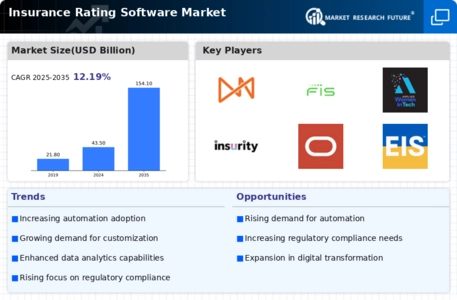
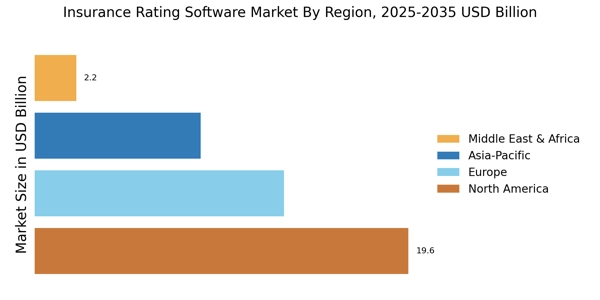
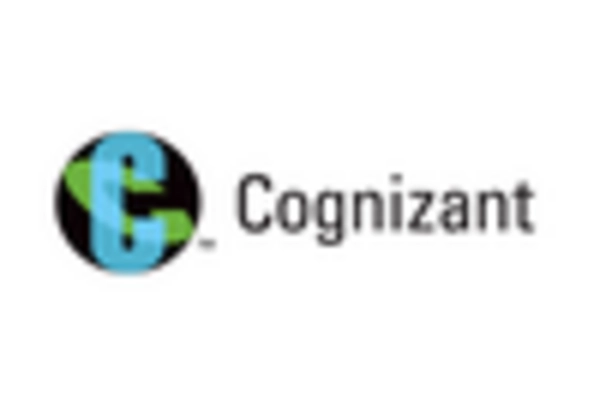
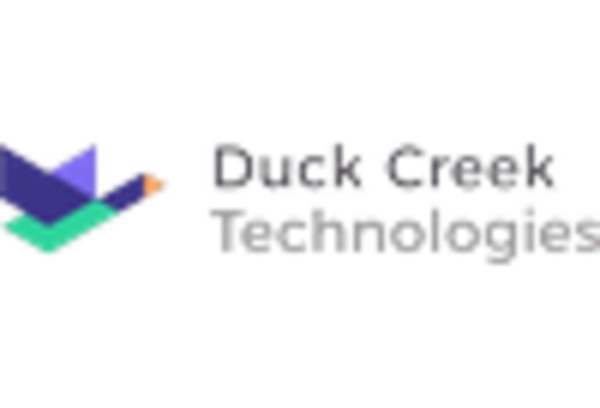
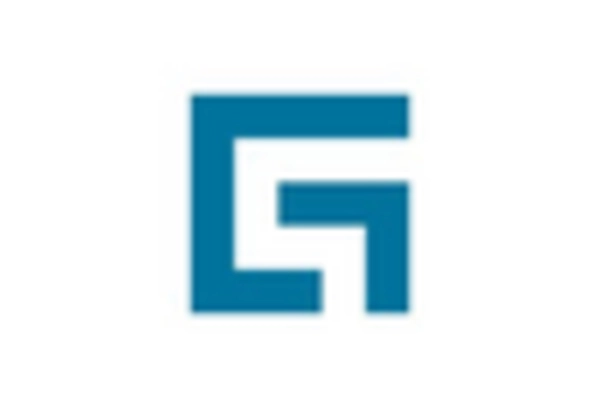
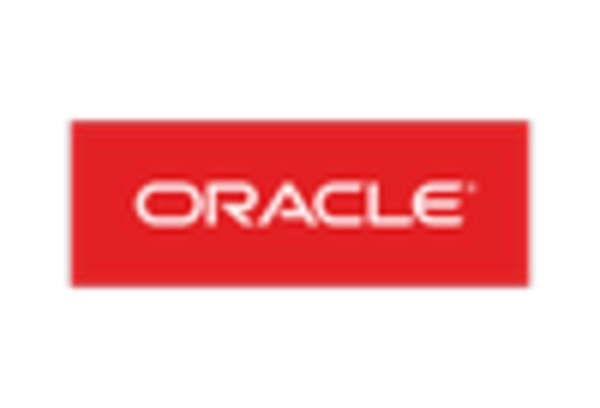










Leave a Comment